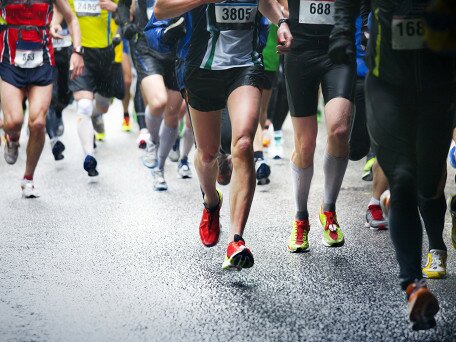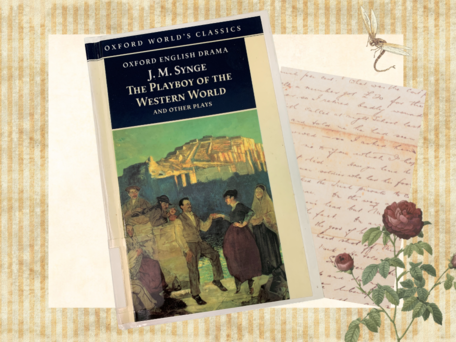Effects of marathon participation experience on stride-to-stride variability during prolonged running
- Project Scheme:
- General Research Fund
- Project Year:
- 2019/2020
- Project Leader:
- Professor CHOW, Hung Kay Daniel
- (Department of Health and Physical Education)

This study aims to investigate the relationships between stride variability at both the execution (i.e. lower-limb coordination variability) and outcome levels (i.e. stride time variability) as a function of running experience during a full marathon race.
Distance running has become one of the most popular physical activities around the world. However, distance runners, in particular for novice runners, experience a remarkable incidence of running related injuries (RRIs). During running, there always exists small fluctuations between strides. The stride-to-stride variability has been considered a by-product of long-range dynamics, and reflects flexibility and adaptability of the locomotor system to ever-changing internal and external environments during running. Although there are numerous studies that have suggested that there is a connection between stride-to-stride variability and RRIs, the understanding of stride variability during prolonged running is very limited. Experience and progressive fatigue are two common risk factors connected with RRIs. Previous studies have found that stride variability was affected by progressive fatigue during running. However, in those studies, fatigue was induced by running a relative short distance and none of previous studies have yet investigated the effects of fatigue on the stride variability during a full marathon race. Experience in performing a full marathon race provides runners with greater understanding of extreme fatigue that their bodies have never experienced before. This kind of experience may enhance the capacity of runners in response to constraints due to ever-changing internal and external environments. This study aims to investigate the relationships between stride variability at both the execution (i.e. lower-limb coordination variability) and outcome levels (i.e. stride time variability) as a function of running experience during a full marathon race. Based on existing laboratory-based data, it is first hypothesised that the correlation between the stride time variability and lower-limb coordination variability can be replicated in a naturalistic setting. Moreover, it is also expected that stride time and lower-limb coordination variability will fluctuate less (i.e. be less adaptable) during the full marathon race in first-time marathon finishers than in the experienced marathon finishers. The long-term impact of the proposed project stems from the potential association between the stride-to-stride variability during running and RRIs. This correlation would bring about insights into how the stride variability could benefit different groups of running population, and help formulate interventions that are more effective and easier to implement for prevention of RRIs. The findings of the proposed study will serve as reference for understanding the stride-to-stride variability during a prolonged run, provide insights of marathon participation into the stride time variability during a full marathon run, and help predict RRIs.








